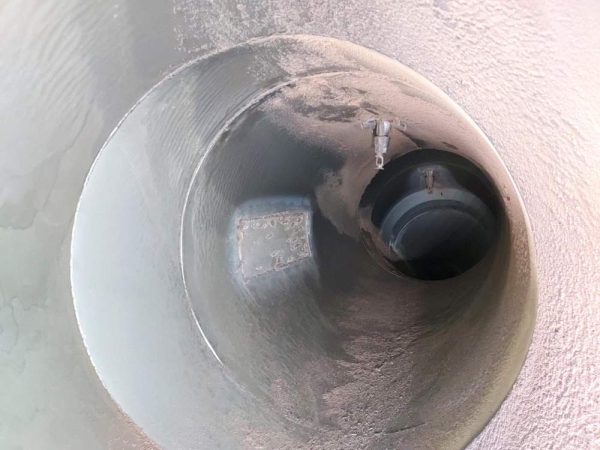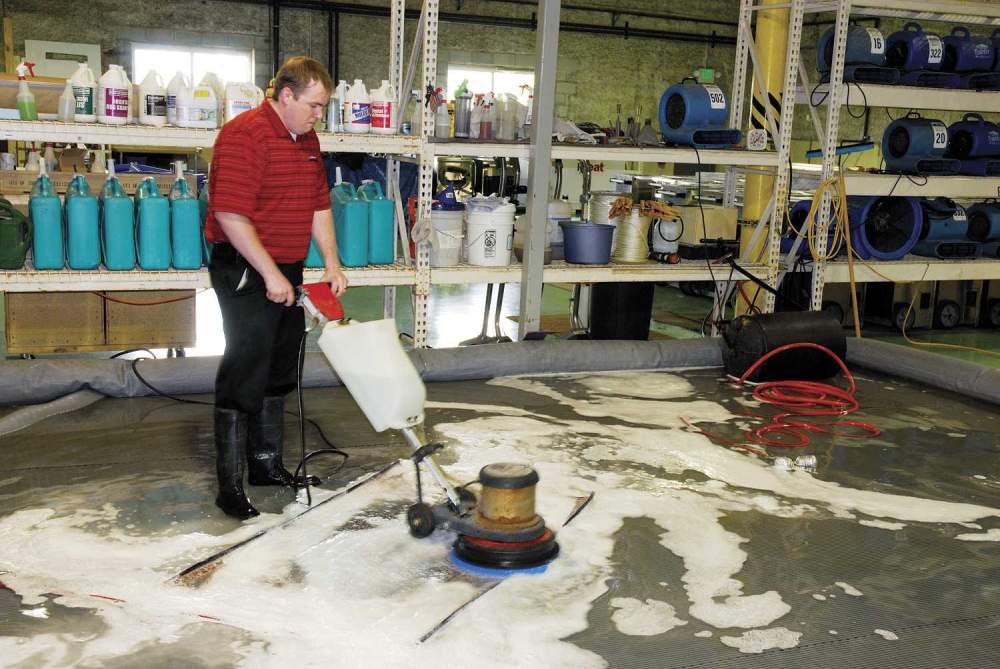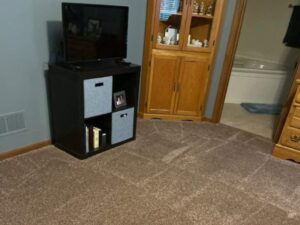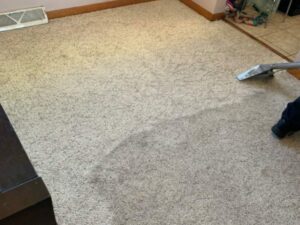Proper Dryer Maintenance
By observing a few simple indications of poor system performance, one can examine the dryer components for any blockage or excessive heat. A clogged dryer vent may be your problem if: you notice heavy clothes such as blue jeans or towels taking a long time to dry, or clothes feel hotter than usual at the end of the cycle.

Follow these few safety tips:
- Clean the lint screen/filter before or after drying each load of clothes. If clothing is still damp at the end of a typical drying cycle or drying requires longer times than normal, this may be a sign that the screen or the exhaust duct is blocked. Inspect lint screen for rips. If any are found, replace immediately.
- Replace plastic or foil, accordion-type ducting material with a rigid or corrugated semi-rigid metal duct. Most manufacturers specify the use of a rigid or corrugated semi-rigid metal duct, which provides maximum airflow. The flexible foil type duct can more easily trap lint and is more susceptible to kinks or crushing, which can greatly reduce the airflow. Note: WHITE VINYL HOSE is prohibited and should never be used in dryer venting.
- Disconnect, clean, and inspect the dryer duct and venting every couple of years, or hire a professional company to clean the dryer components. Some dryer vents may need more frequent inspection, such as in homes with complex construction where the dryer vents exceed 6 feet from the outside, or with smaller stack dryers and dryers that are older and do not have moisture sensors or high temperature safety limit controls. This will reduce the fire risk and increase the dryer’s efficiency.
- Inspect your outside exhaust termination. Outside wall dampers should have a covering that will keep out rain, snow, and dirt. However, do not use wire screen or cloth of any kind to protect the exhaust opening. It can collect lint and clog areas of the dryer vent. In order to deter birds and small animals from nesting in vents, make sure the dryer vent system and damper are working suitably.
- Keep the area around the dryer clean and free from clutter. Clean behind dryer, where lint can build up. Have a qualified service person clean the interior of the dryer chassis periodically to minimize the amount of lint accumulation.
- Never let your clothes dryer run while you are out of the house or asleep. If it malfunctions, no one will be there to avert possible disaster.
- Never put synthetic materials such as rubber, plastic, foam, or pieces of cloth that have been used to sponge up flammable liquids in the dryer, even if previously washed. Vapors from these products could ignite or explode.
- Have gas-powered dryers inspected by a professional annually to ensure that the gas line and connection are intact and free of leaks.
- Install a smoke detector in or near your laundry room. Consider installing a carbon monoxide detector if using a gas-powered dryer.
- And, of course, monitor the exhaust conduit with a LintAlert® and have AmeriClean clean your dryer vent as needed.
Source: Departments of Homeland Security, Consumer Product Safety Commission









